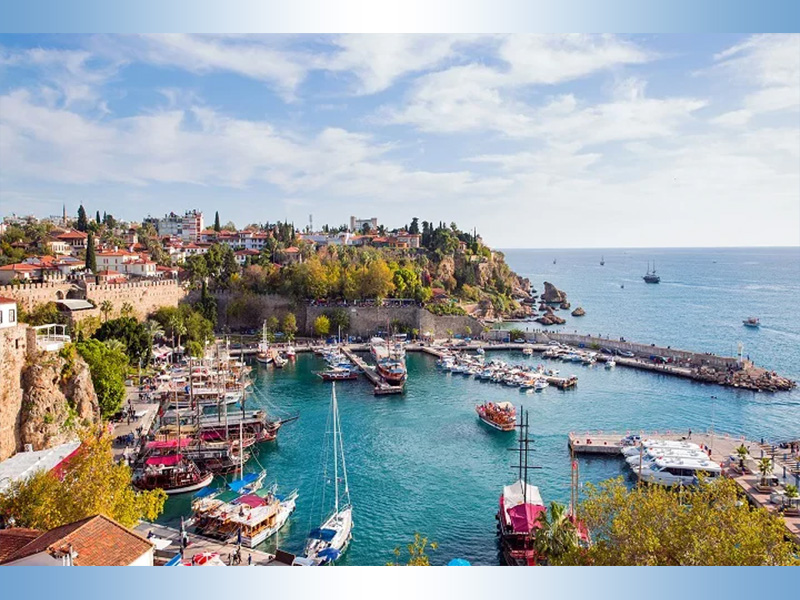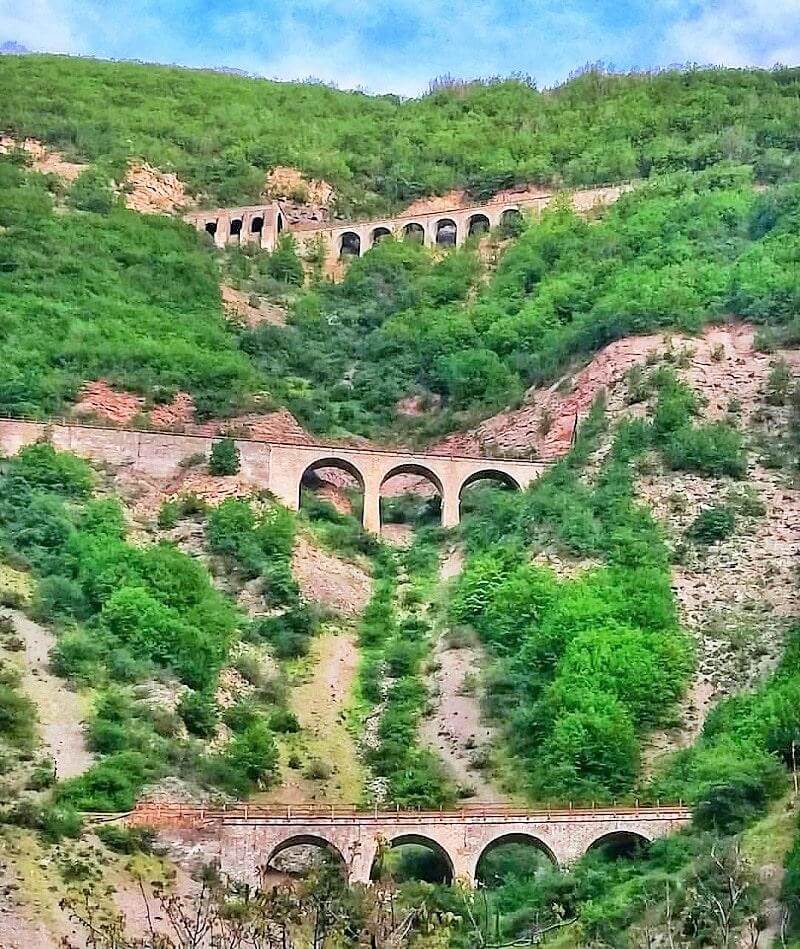
According to official statistics in 2017, the trans-Iranian railway included 14,078 kilometers of a standardized rail system then. The construction and development of the industrial heritage of railway networks in Iran go back a long time. The railway system, which was built around 1927, has weathered many storms throughout history.
This railway system connects the Bandar-e Torkman (Port) on the coast of the Caspian Sea to the Bandar Imam Khomeini (Port) on the west coast of the Persian Gulf. The trans-Iranian railway was built following the legislation approved in 1927, which was suggested by the then Prime Minister of the Pahlavi dynasty. In 2021, UNESCO added the site to its world heritage list.
The construction of a nationwide railway in Iran was always regarded as one of the significant national goals. However, for half a century, the efforts of various individuals were futile. During the Qajar era, a total of 230 kilometers of railways were built in Iran. Finally, it was during the reign of the first Pahlavi king that the construction of the Trans-Iranian railway began.
Since 1927, there have been many criticisms of the Trans-Iranian railway system. At the beginning of its construction, many believed that its path was economically counterproductive. Because it did not connect any of the big and populated cities of Iran at the time.
Also, the existence of the Trans-Iranian railway facilitated the occupation of Iran later on during World War II. It paved the way for sending Russian and British troops to Iran and massive military deployment.
The History of The Trans-Iranian Railway
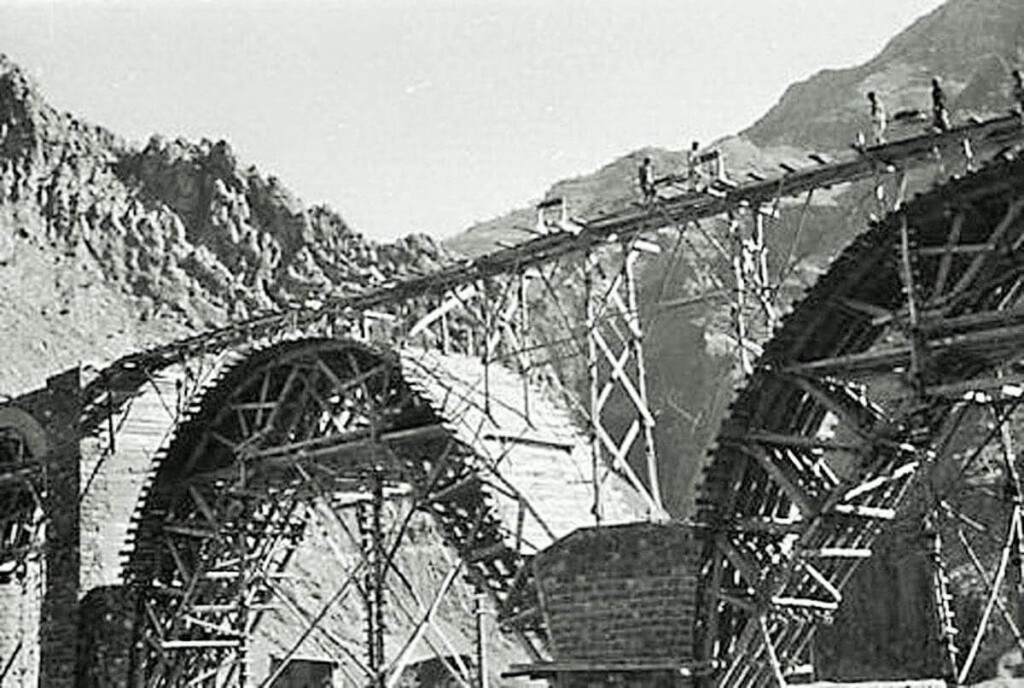
The idea of creating a railway system in Iran was formed in 1825. In fact, the concept of the railway arrived in Iran during the chancellery of Amir Kabir. The government at the time was trying to obtain this new technology. But the Amir Kabir administration was facing three fundamental problems at that time.
1.The first problem: The Tsardom of Russia
Russia did not want the British to reach the borders of Russia through Iran’s railway. Therefore, they opposed the construction of a railway in Iran.
2.The second problem: The British Government
The British believed that by building a railway in Iran, the Russians could bring their forces to the Persian Gulf and then to the borders of India. Therefore, they opposed the construction of a railway in Iran.
3.The third problem: Lack of Funds and The Empty Treasury of The Amir Kabir Administration
The construction of the railway required a huge budget and the Iranian administration did not have the financial resources at its disposal.
Therefore, after many years of struggles, the history of the construction and successful operation of the first railway in Iran goes as far back as 1848. In that year, a Russian-Georgian individual built a railway line from Rasht to Pirbazar Port and Bandar Anzali (port). The remains of this route can still be seen on the way from Rasht to Pirbazar Port. Twelve kilometers of this route were still operational until the middle of the first Pahlavi period.
But the legislation for the construction of the modern trans-Iranian railway was approved in 1927. A year later, the first building for the trans-Iranian railway was built in Tehran. At the same time, The German contractors began the construction of the railway building in three areas in the south, center, and north.
During the Nazi regime, Germany supported the construction of the trans-Iranian railway. Hitler came to Iran’s aid because he needed Iran’s railways to attack the Soviet Union. Later, during World War II, the Allied forces used these stations to send weapons to Russia.
The financial demands of the construction of a trans-Iranian railway project were met by taxing items such as tea, sugar, and salt. The first company that sent its representative to Iran to support the endeavors of mapping and construction of the trans-Iranian railway was the Yolen Company from America.
In 1933, Iran signed a contract with the Danish company Kampsax. At that time, Kampsax was also engaged in the construction of a railway in Turkey. The engineers of this company supervised the operations in each phase. Finally, the trans-Iranian railway of Iran was inaugurated in 1938.
Iran’s railway was built with the collaboration of American, German, Belgian, Italian, Swedish, Czechoslovak, and Swiss consulting engineers. The required steel and cement were procured from the Soviet Union, the rails from Australia, Belgium, Germany, and the United States, and other equipment were purchased from Japan and Yugoslavia.
Iranian Railway Stations at The Time of Establishment
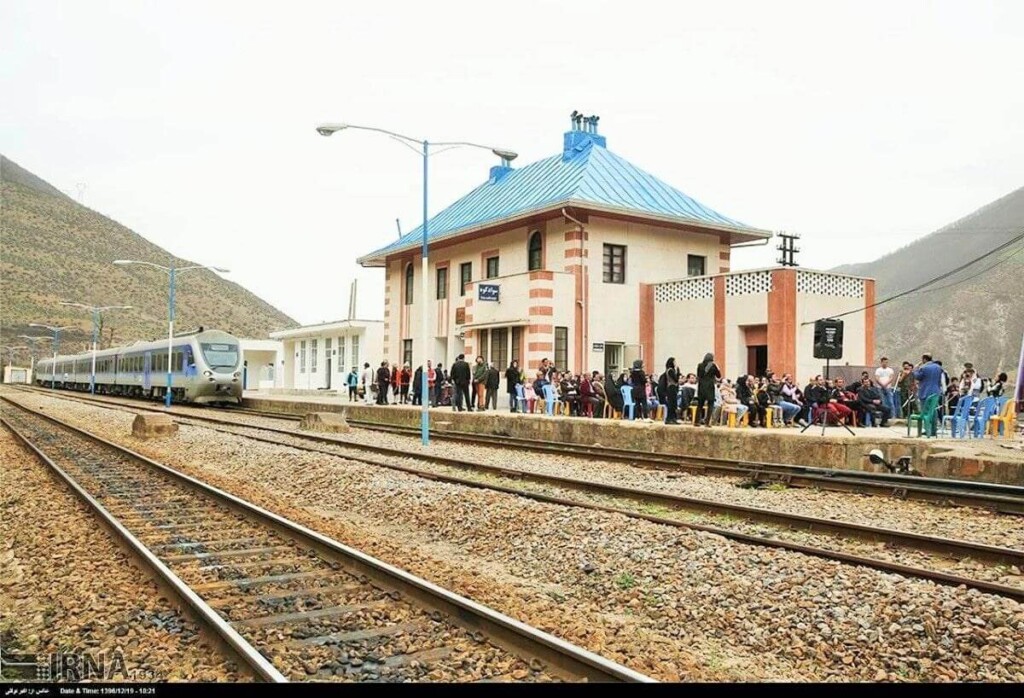
At the beginning of the establishment of the Iranian railway, the following stations were built and inaugurated:
- Bandar Imam Khomeini Railway Station (Shahpur Port)
- Ahvaz railway station
- Andimeshk railway station
- Durood railway station
- Somayeh railway station (sub)
- Arak railway station
- Qom railway station
- Tehran railway station
- Garmsar railway station
- Sari railway station
- Bandar Turkman railway station (Bandar Shah)
When the trans-Iranian railway was nearing completion, the construction of the Garmsar-Mashhad line began. But construction operations were stopped in Shahrud due to the outbreak of World War II. After the end of the war, its construction started again.
The Track Length of The Trans-Iranian Railway
The following statistics were last updated in the fall of 2019:
- Length of main lines: 11061 km (updated in 2016, wide tracks)
- Length of subsidiary lines (commercial, industrial, and switching): 3017 km
- Length of electric lines (Jolfa-Tabriz): 148 km
- Length of the second lines (double lines): 2040.5 km
- Length of switching lines: 1957 km
- Length of commercial-industrial lines: 1059 km
The total track length (including secondary lines, stations, and switching lines) is 14,078 km at the end of 2017.
Features of the Trans-Iranian Railway
The following statistics were last updated in the fall of 2019:
- Number of tunnels: 105
- Length of tunnels: 120 km
- The longest tunnel: three thousand meters
- Number of bridges: 350
- The longest bridge: 750 meters
- Number of train stations: 497
- The highest altitude: 2500 meters above sea level
- The lowest height: minus twenty meters from the sea level
International Stations of Trans-Iranian Railways
According to the information gathered before the fall of 2019, the international stations of the trans-Iranian railway are Ahvaz, Sahlan, Tabriz, Jolfa, Nik Pasandi, Mehrabad, Tehran, Isfahan, Bandar Abbas, Sarakhs, and Manhad (from the Razi border).
Famous Landmark Bridges on The Trans-Iranian Railway Route
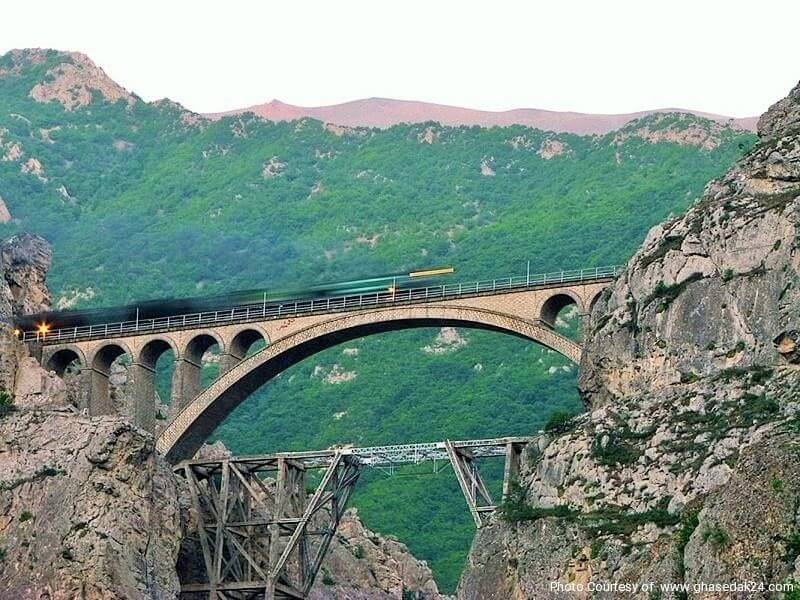
Veresk Bridge was built with the supervision of a Danish company (Kampsax) and Italian and Austrian engineers on the North-South railway route. This bridge was built 110 meters above the base of the valley, with a span of 66 meters, and with rudimentary equipment. Veresk Bridge connects the two mountains of Azim and Sakhtgozar in Abbasabad. One of the wonders of the Veresk Bridge’s construction is the absence of any metal structures.
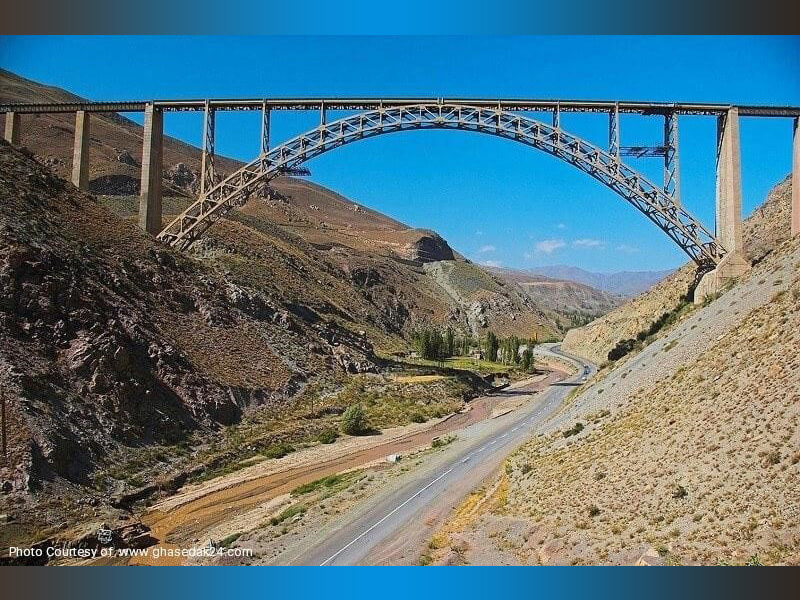
At the same time as the construction of Iran’s railway network, a bridge named Ghotour Bridge was built on the Iran-Turkey railway line near Khoy. The construction of this bridge was completed in 1970. This is an arch bridge with a length of 448 meters, the length of its metal arch is 223 meters, and it is more than 118 meters above the surface of the Ghotour River.
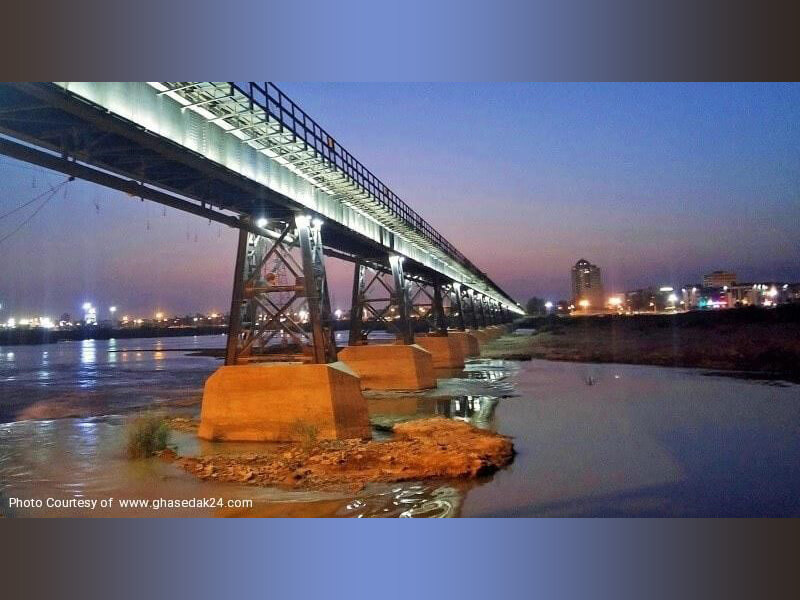
The Black Bridge of Ahvaz City, built on the Karun River, is another landmark bridge of this railway network. This bridge, with a length of 1050 meters and a width of 6 meters, connects the railway line of Bandar Imam Khomeini to the Khorramshahr-Tehran-North railway in the south of Khuzestan and the coast of the Persian Gulf. This bridge is still the longest and largest bridge in the trans-Iranian railway system.
The Industrial Heritage of The Trans-Iranian Railway
In the early fall of 2019, ICOMOS evaluators traveled to Iran for a field observation regarding the case status of the industrial heritage of Iran’s railway system. This visit included observation of railway tracks, museums, stations, tunnels, bridges, railway, and cultural and natural heritage sites located in the railway system.
Afterward, the case of this industrial heritage was presented to the UNESCO World Heritage List and it was added to the list in 2021. Iran believed that the trans-Iranian railway was worthy of global fame and could be registered as Iran’s industrial heritage. UNESCO supported this claim.
Final Word
The trans-Iranian railway had many supporters and opponents at the time of its construction. This railway was considered a great development for the country of Iran. But in a particular era, it served as an accelerating factor in the occupation of the country and the breakout of international chaos. The industrial heritage of railways in Iran is a symbol of the political orientations in each period.
Even today, the railway system in Iran is still one of the safest and cheapest ways to travel. These lines pass through various routes. It is also available in varying degrees of service quality. The natural attractions of Iran along this route draw many tourists to choose this means of transportation.
Frequently Asked Questions about Trans-Iranian Railway
If the answers to your questions are not addressed here, you can share them with us through the comments section. We will answer them as soon as possible.
When was the trans-Iranian railway built?
The concept of the railway reached Iran during the chancellery of Amir Kabir. But Amir Kabir did not succeed in constructing the railway due to the problems he faced. 230 kilometers of railways were built in Iran during the Qajar era. The main stage of setting up and utilizing the trans-Iranian railway was done during the reign of Pahlavi I, Reza Shah. The nationwide railway connects the north of the country to its south.
Why did the initial plan of the south-north railway not pass through any major cities other than Tehran?
With the approval of parliament members and to prevent military deployment through the railway, it was decided that the railway would not pass through any major cities on the route.
Was there an attempt to build a railway during the Qajar period?
Efforts were made in 1848 and during the Qajar rule to build a railway; which included the successful construction of the first rail route from Rasht to Pirbazar Port and Bandar Anzali (Port), which is considered the first rail line in Iran. However, these efforts did not succeed because the Russian and British governments would not allow the construction.
What is the reason for the fame of Veresk Bridge?
Veresk Bridge is located on the railway route in the north of the country, in Veresk village, Savadkuh city, Mazandaran province. This bridge is considered one of the most important technical engineering accomplishments in northern Iran. Veresk Bridge is built 110 meters above the valley with a span of 66 meters. One of the reasons for the fame of the Veresk Bridge is that no metal structure was used in the construction of this bridge.
Which ports are connected in the north and south of the country via the trans-Iranian railway?
Bandar-e Torkman (port) on the coast of the Caspian Sea is connected to Imam Khomeini port on the coast of the Persian Gulf through this railway line.
Who is the designer of Veresk Bridge?
The Danish company Kampsax was responsible for the construction of the Veresk Bridge. The designer of this beautiful bridge was an Austrian engineer named L. von Robcevidc.
How long is the trans-Iranian railway system today?
The total track length of Iran’s railway network was about 14,078 kilometers by the end of 2017. This is subject to change since there are projects at hand that aim to extend the railway system.
How long was the Iranian railway line during the Qajar era?
In 1848 and during the Qajar period, a Russian-Georgian individual built a railway line from Rasht to Bandar Pirbazar and Bandar Anzali. Also, the railway lines were extended from Tehran to Shahr-e-Rey, Naijabad in Babol to Mahmudabad, and Jolfa in Tabriz, which was later abandoned and remain unused.
What was Reza Shah’s goal in creating a nationwide railway in Iran?
Since the Qajar era, Iranian rulers dreamed of constructing a railway in Iran; But the lack of sufficient financial resources and the stonewalling of foreign governments like Britain prevented the realization of this dream. Reza Shah also wanted to establish a railway due to his centralist ideology, and the desire to have easy access to different areas in the country.
owever, instead of serving the Iranian people, the railway was used for military deployment.
It should be mentioned that Germany helped a lot in the construction of the trans-Iranian railway. Hitler helped Iran because he needed Iran’s railways to attack the Soviet Union. The early nationwide railway did not have stations in important cities. Later on, in World War II, the Allies utilized this railway to send weapons to Russia.






